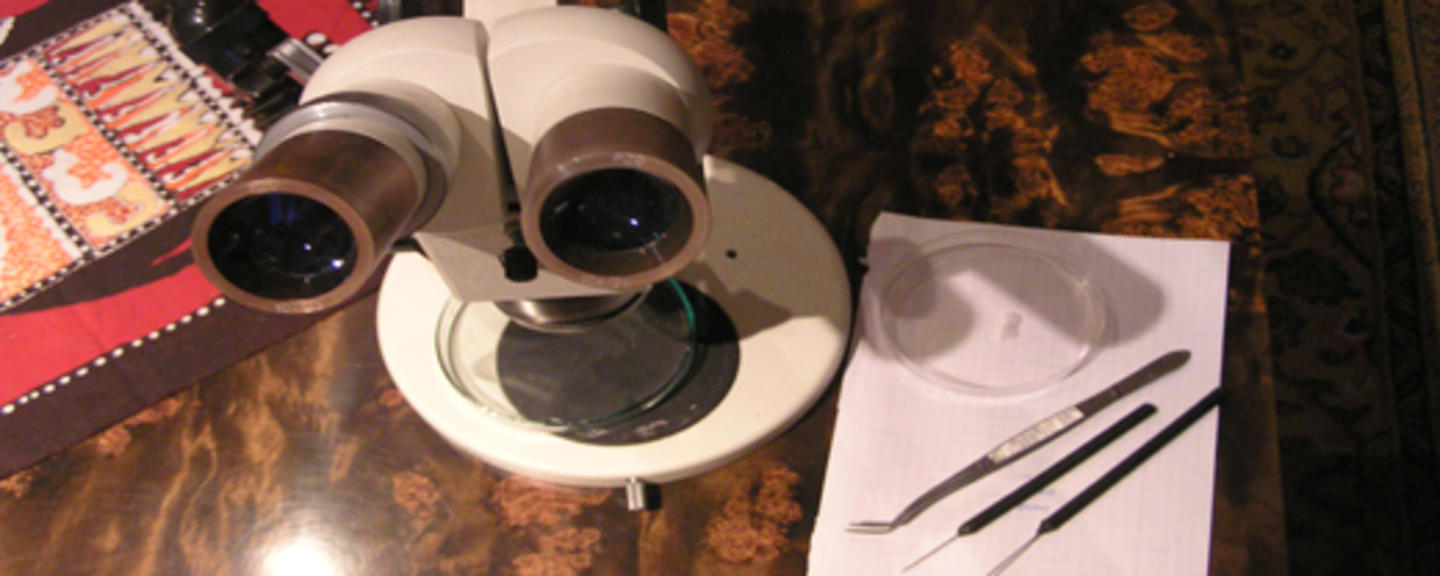Ticks attack both humans and animals, and can be found in forests and wetland areas throughout the world. Diseases transmitted to humans by ticks, including Lyme disease and meningitis, have become increasingly common in recent years, and the risk of infection has increased due to population growth and the increased use of forests as recreational areas.
“All diseases transmitted by ticks are very dangerous for humans”, says Krzysztof Solarz, of the Medical University of Silesia in Katowice in Poland. With half a million euro in support from Iceland, Liechtenstein and Norway, Solarz and his team of researchers are currently in the process of looking into tick-borne diseases. Their research is expected to uncover the currently unknown infection risks of tick bites in many tourist areas in Poland, such as recreational areas and national parks, and other places where people work and rest.
Important for prevention
Detecting the bacteria, viruses and germs transmitted by ticks will make it possible to evaluate the risk of infection, and find out where the risk of infection is particularly high. To do this, the research team will study ticks in order to create a map showing the prevalence of ticks infected with borreliosis and other tick-borne diseases in the south-eastern parts of Poland.
The research project also includes the clinical examination of approximately 6000 people between the age of 18 and 80 in Southeast Poland. The aim is to determine the prevalence of tick-borne diseases, and acquire more knowledge of the symptoms of tick-borne diseases infection. Knowing more about the symptoms will enable early detection of infection, and will also essential for the formulation of monitoring, diagnostic and preventive programmes.
Photo: Identification of collected ticks. The picture is taken by Piotr Cube.
